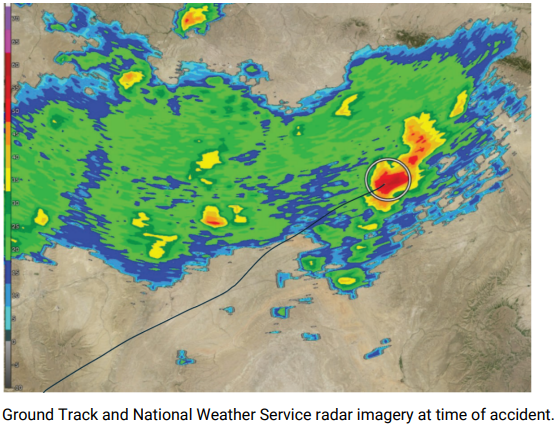Passengers on a Delta Air Lines flight were violently thrown around the cabin with little warning when their plane hit severe and unexpected turbulence, a new preliminary investigation report found.
Twenty-four passengers needed medical attention and 18 ended up in the hospital when the drama unfolded onboard Flight DL56 as it travelled from Salt Lake City, Utah, to Amsterdam on July 30.
The aircraft was over Creston, Wyoming, when the conditions suddenly deteriorated. With the seat belt sign left off by the pilots, unsuspecting passengers, flight attendants and drink carts were flung towards the ceiling.
A preliminary report from the National Transportation Safety Board, released Tuesday, revealed that passengers had endured 2.5 minutes of turbulence that caught the pilots by surprise, despite having already altered their route to try to avoid thunderstorms.
Passengers were thrown upwards with a force equal to three-quarters of their body weight, which the NTSB estimated at 1.75 g-force. Then they were pulled downward by a force equal to half their body weight, according to the report.

Such force is “like a muscle man grabbing you by the shoulders and with all of his strength trying to pull you up,” aviation safety consultant Jeff Guzzetti, who used to investigate crashes for the NTSB and FAA, told The Associated Press.
“If you’re standing and you experience those types of forces, you’re going to be thrown upward into the ceiling and then back down again onto the floor with a lot of force.”
Guzzetti added that turbulence lasting so long would seem like “an eternity” for the passengers feeling those forces. The NTSB report also noted that the plane’s left wing had dipped down as much as 40 degrees at one point, which Guzzetti said would have alarmed those onboard.
In an interview with Fox Salt Lake City shortly after the incident, passenger Joseph Carbone claimed that a pilot told him the plane plunged 1,000 feet before making the emergency landing.
Carbone said that the plane made its first sudden drop about 90 minutes into the journey, causing flight attendants serving food and drinks to be swept off their feet, with two more following. “Each one got worse,” he told the outlet.

According to the NTSB report, following “the event,” the captain coordinated with the cabin crew and the relief first officer assessed passenger injuries.
A passenger who was a physician assistant aided the cabin crew with triage.
The pilots likely believed they were in the clear after asking air traffic controllers to route them around the storms, according to AP.
However, the NTSB charted the plane’s flight path over a radar report from the National Weather Service that showed the plane flew directly into the worst section of the storm.
It is understood that the NTSB will investigate whether the pilots and crew did enough to avoid the storms and whether the pilot made a good judgment in turning off the seatbelt sign. Investigations are ongoing.


